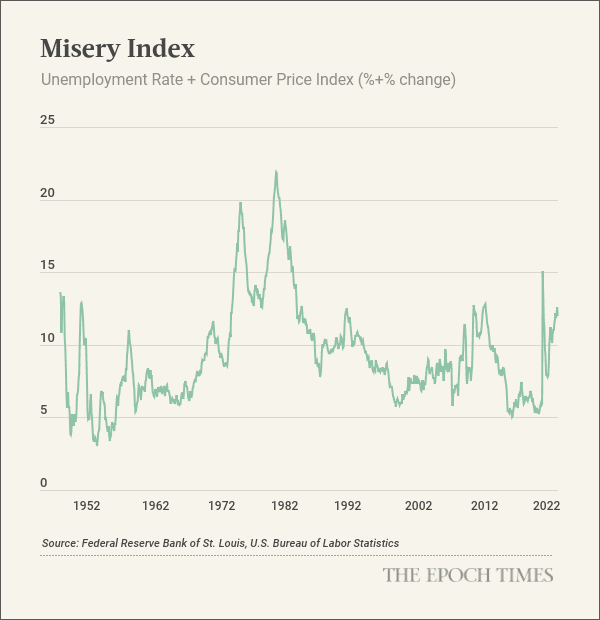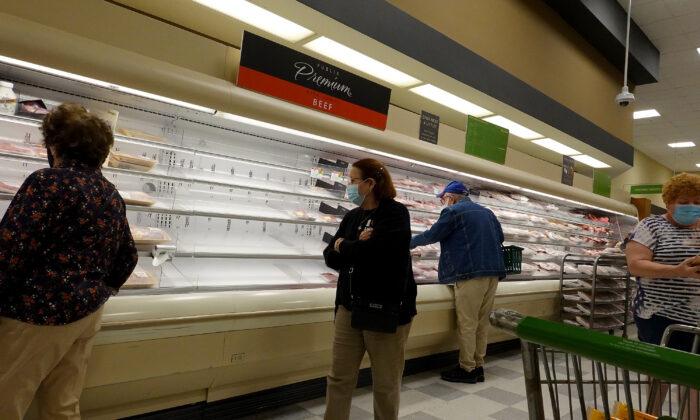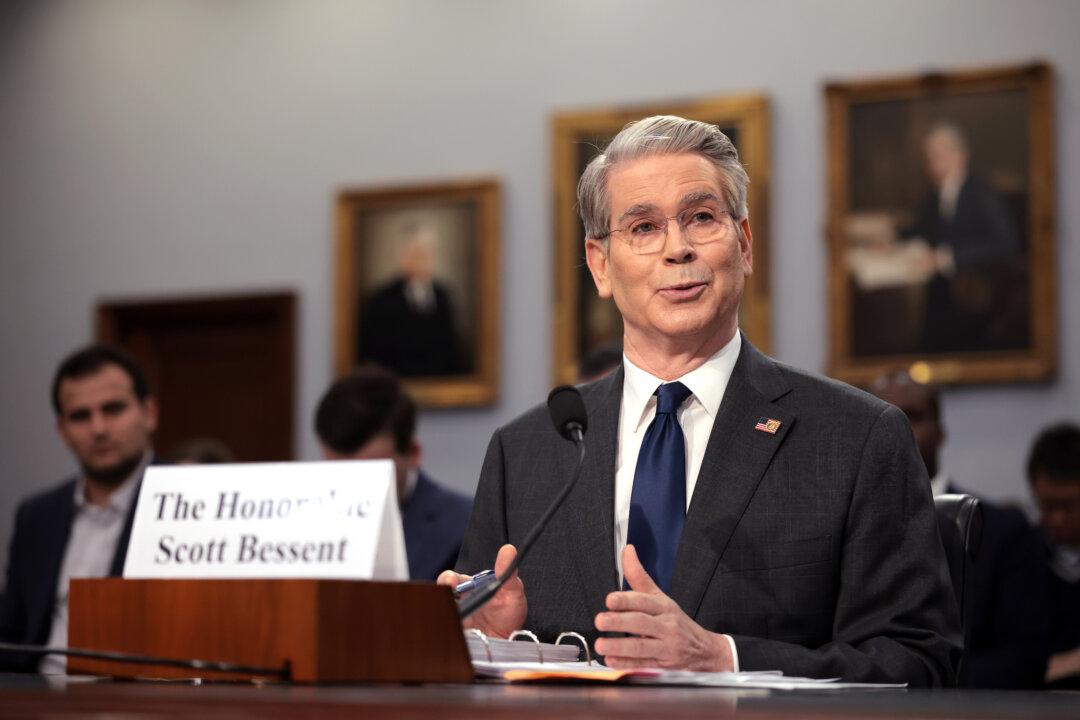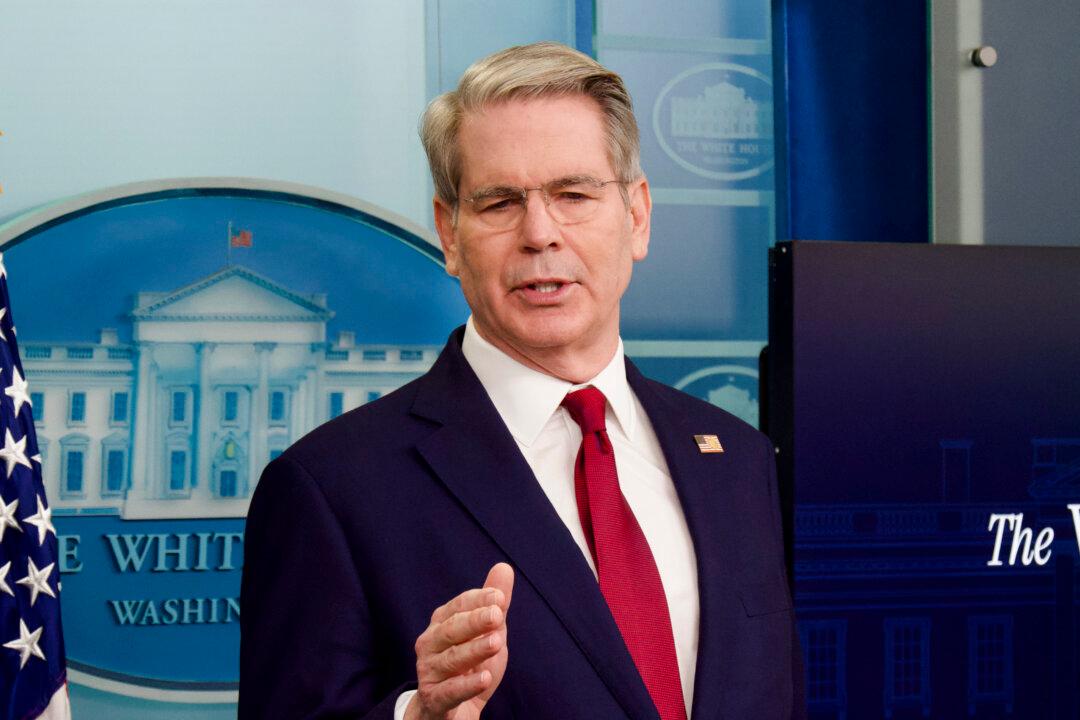The misery index—a formula that combines the annual inflation and unemployment rates—has been elevated since April 2021. The decades-old index aims to measure the level of economic distress felt by average citizens due to joblessness and the rising cost of living.
It could be an effective gauge to determine economic conditions during a recession. The higher the index, the greater the misery felt by everyday people.
What’s more is that the current misery index is close to where it was during the financial crisis of 2008 to 2009, when it peaked at 12.7 percent.
The index, however, has varied widely in prior recessions.
During the recession in the mid-1970s, for example, the misery index was 19.29 (1974), and 19.85 (1975). It also soared to an all-time high of 21.92 during the 1980 recession. When the U.S. economy slipped into a recession in 1982, the misery index was at 16.85.
In the brief eight-month economic downturn in 1990 and 1991, the misery index was slightly above 12.00. But the subsequent recession in 2001 didn’t produce a misery index above 10.0.

A Brief History of the Misery Index
The original misery index, which is calculated by adding the unemployment rate to the inflation rate, gained popularity in the 1970s with the emergence of stagflation, an economic state characterized by weak economic growth, high unemployment, and increasing prices.It was developed by economist Arthur Okun, who served as the chairman of the Council of Economic Advisers between 1968 and 1969 under President Lyndon Johnson.
The misery index is regarded as a useful but imperfect indicator. There are various scenarios in which it may not accurately depict economic distress. Nevertheless, it’s used to compare the economic performance of U.S. presidents.
During Jimmy Carter’s presidency (1977–1981), the misery index hit 21.93, which was partially responsible for his 1980 election defeat. The index declined substantially during Ronald Reagan’s presidency and continued to fall under the Bush and Clinton administrations.
Modified Index
Over the years, economists have modified the index several times.In 1999, for example, Harvard economist Robert Barro came up with the Barro Misery Index and added two additional components: the change in interest rates and the gross domestic product (GDP) growth rate.
Years later, Steven Hanke, a celebrated professor of applied economics at Johns Hopkins University, updated the index and created Hanke’s Annual Misery Index. This represents the sum of inflation, joblessness, and bank-lending interest rates minus the percentage change in real GDP per capita. He also applied it to the economies of other countries, constructing the world table of misery index scores.
“The human condition lies on a vast spectrum between ’miserable‘ and ’happy,'” Hanke wrote in April 2021. “In the economic sphere, misery tends to flow from high inflation, steep borrowing costs, and unemployment. The surefire way to mitigate that misery is through economic growth. All else being equal, happiness tends to blossom when growth is strong, inflation and interest rates are low, and jobs are plentiful.”
The Fate of Gloomy Consumers
A new poll from Gallup found that most Americans cite inflation and the economy as their top concerns.As Mises Institute economist Ryan McMaken noted, the misery index trend follows closely the University of Michigan’s consumer sentiment index, which is hovering near an all-time low.
“Consumer sentiment has plummeted alongside the increasing misery index, and this has often been the case in recent decades,” he reported. “Of course, economists and White House spokesmen could always just come back and claim that consumer sentiment is ‘wrong’ and that people don’t understand how good things are. It’s worth noting that politicians, central bankers, and economists have done exactly that during months preceding previous recession.”
So far, consumers’ economic worries haven’t weighed on their consumption patterns. Personal spending has edged up every month in the first half of this year, although the general increase in consumption has been driven by higher prices, from gasoline to housing to health care.
Nevertheless, market experts warn that this could change in the second half of the year, now that the personal savings rate has collapsed to just above 5 percent and consumer credit growth has surged. The trends suggest that pandemic-era savings might be close to exhaustion. The Federal Reserve Bank of New York’s Survey of Consumer Expectations shows that about 40 percent of households expect their financial situation to deteriorate over the next year.





